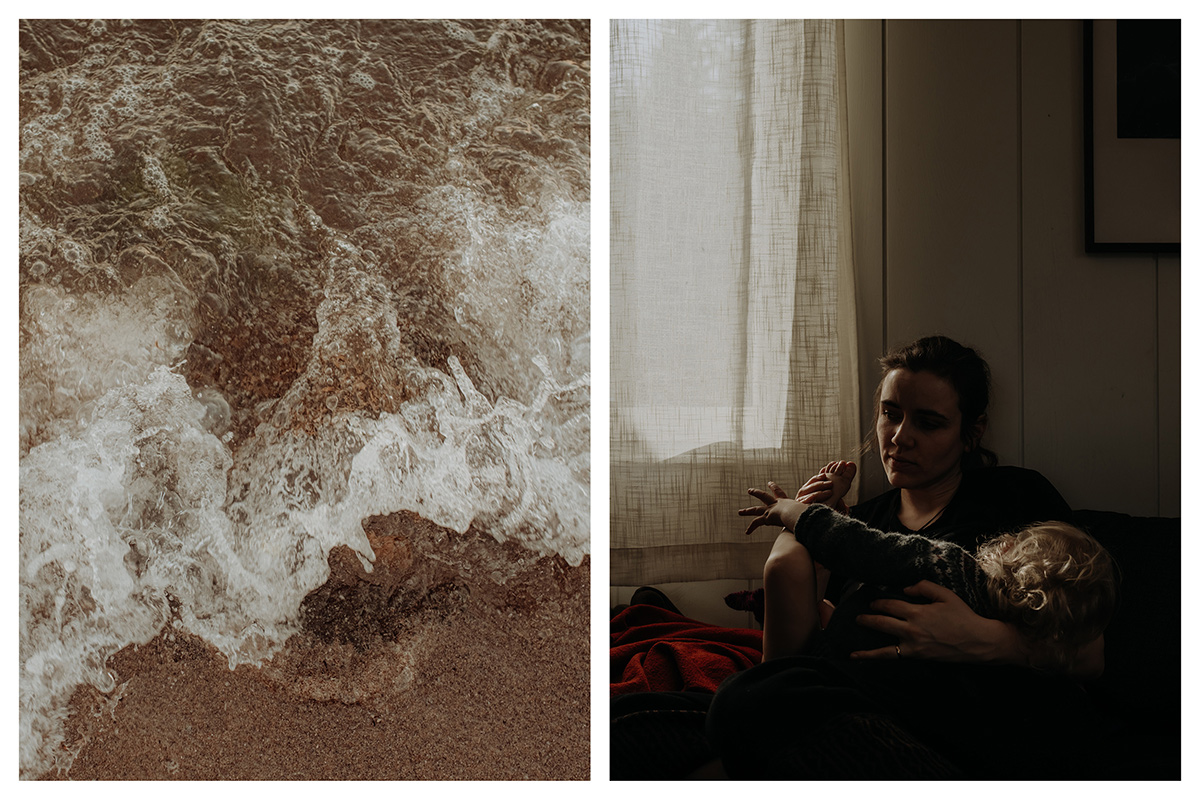Molly Young is on leave for the next several months. In her absence, colleagues from the Book Review will pick up the recommendation torch and appear in your inbox every two Saturdays.
Dear readers,
I hate demon dolls. I don’t mean they scare me; I mean that, at this point, the putative creepiness of dolls feels like a cheap trope, like scary clowns or mimes, a lazy, vestigial signifier rather than an actual source of fear. (Yes, I’m weirdly passionate on the subject; I will also watch literally any movie or show involving this cliché so I can rant about it. Hello, “M3GAN.”) Look: I understand that the idea is powerful; a totem in human form has ancient associations, ritual significance, echoes of corpses and more than a hint of the uncanny. “Child’s Play” was scary — the first time. But this is in defense of the doll: an important tool for children to develop autonomy and empathy and to figure out how truly scary it is to play God.
—Sadie Stein
When Notting Hill released this anthology, three different people sent it to me, which should have made me rethink my life choices and instead made me feel seen. It’s a fantastic compendium — Heinrich von Kleist’s 1810 essay on marionette theater is worth the price of admission alone — collecting both the well known (Freud on the unheimlich; Baudelaire on the philosophy of toys and Rilke on wax dolls) and less-anthologized gems by Elizabeth Bishop, Bruno Schulz and Marina Warner. It will educate you; it will change the way you think about yourself in relation to the world. In short, it rehabilitates doll-life as a legitimate field of study.
Read if you like: Adam Phillips, German romanticism, dollhouse museums — especially old ones run on shoestring budgets.
Available from: Notting Hill Editions
I have a lot of fond memories of doll-centric children’s books like Tasha Tudor’s “The Dolls’ Christmas” and Rumer Godden’s somewhat sinister dollhouse oeuvre, and lately my son has been loving “What Is Given From the Heart.” But you know what’s creepy? Dare Wright’s 1957 classic “The Lonely Doll.” Even I won’t pretend it’s not rife with sadomasochism and projection; dolls are complex, too. “The Lonely Doll,” however, has nothing on Jean Nathan’s almost preternaturally distressing biography of Wright. A wonderfully talented woman trapped in a perpetual girlhood, Dare styled her doll to look like herself and named her after her controlling mother. This is a beautifully-told story of agency, of weirdness and, yes, of very deep loneliness.
Read if you like: Douglas Sirk, V.C. Andrews, Hans Christian Andersen fairy tales, “Music for Lovers Only,” 1954.
Available from: Wherever fine books are sold.
Why don’t you …
-
Read a seasonal poem? It’s January; in New York, the first in memory in which we’ve had no real snow to speak of — only a lot of what Frederick Seidel calls “a winter sky as total as repression.”
-
Do your bedmate a favor when you’re reading at night? I recently picked up an old-school clip-on reading light (good if you want to keep phones out of the bedroom) and found myself going down a bit of a rabbit hole. Did you know they’ve been around for more than 70 years? And used to come in cunning, book-shaped boxes?
Thank you for being a subscriber
Plunge further into books at The New York Times or reviews by Molly Young.
If you’re enjoying what you’re reading, please consider recommending it to others. They can sign up here. Browse all of our subscriber-only newsletters here.
Friendly reminder: check your local library for books! Many libraries allow you to reserve copies online. Send newsletter feedback to RLTW@nytimes.com.




















Discussion about this post